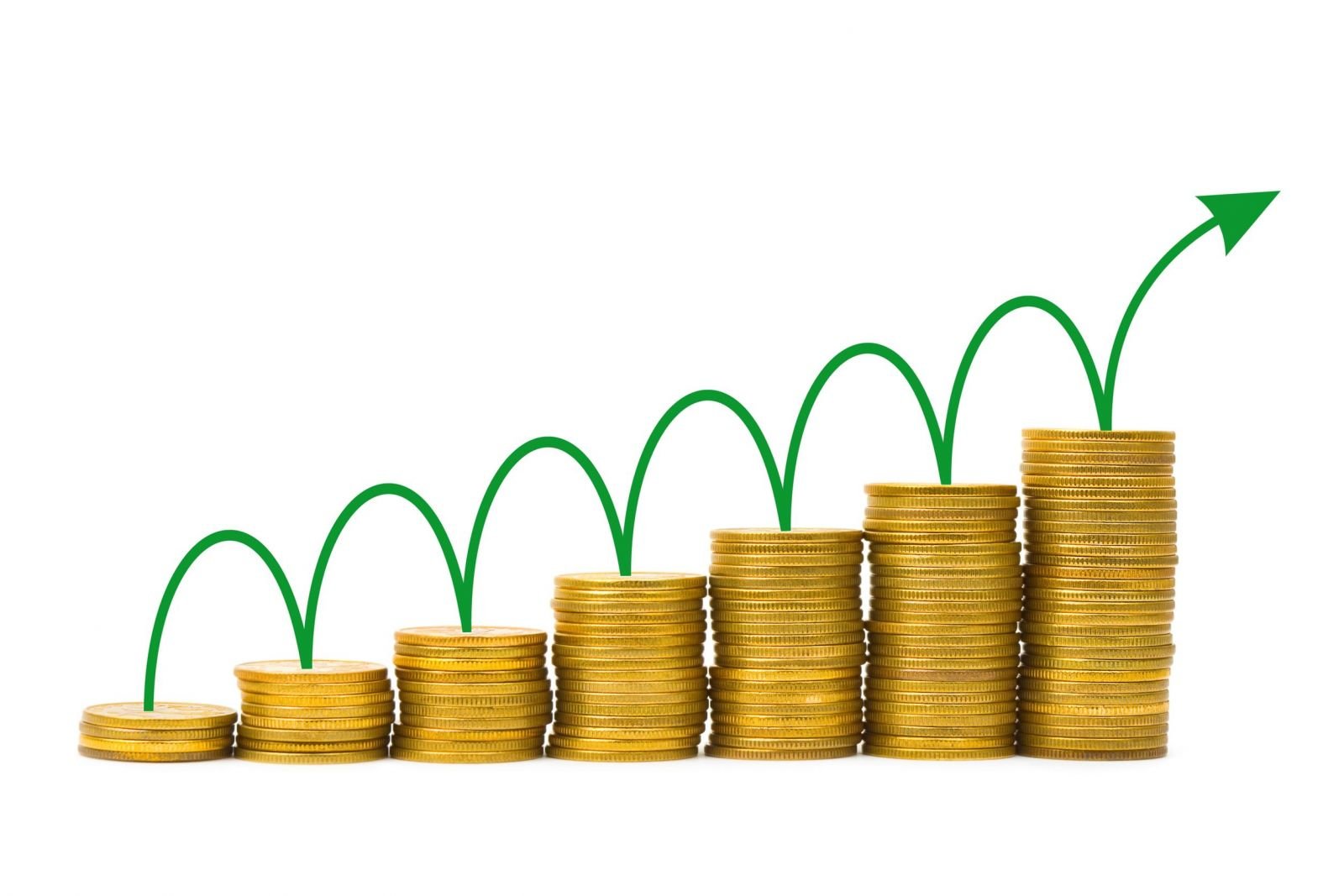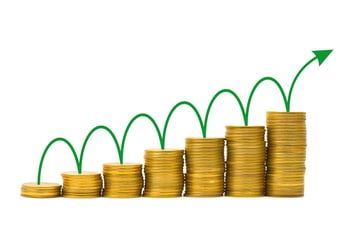
“A dollar saved is better than a dollar earned” is an adage financial advisors often use when explaining the concept of building wealth over time. It’s a simple idea on a personal level; if I save and invest more of my income today, I will have a larger nest egg in the future. But the application of this concept to a company operating in the modern forest products industry is not so simple; a number of additional factors affect these businesses and their long-term profitability.
Opportunities for improvement (and saving money) exist at every level of the forest supply chain. Most wood-consuming procurement managers and their teams have already taken advantage of obvious cost savings by eliminating high-cost sources of fiber, low-quality sources of fiber and sources with high freight costs. But where can they look after picking this low-hanging fruit? What questions do these managers need to ask themselves to identify new savings opportunities and, most importantly, what are the long-term implications of sustained supply chain savings?
Some of the more difficult questions at the next level of analysis might include:
- How does my raw material procurement system differ from the best performers in my peer group?
- Are there places where I outperform the market? Underperform the market?
- Can I avoid spot market purchases and lower my costs?
- Am I focusing my procurement targets in the lowest-cost areas of my procurement zone?
For argument’s sake, let’s assume that a hypothetical forest products company—ABC Wood Products—already has a good handle on its own data and supply chain costs, and it is actively using Forest2Market’s transaction market data to understand its position in the larger market. While these cost savings improve current performance and profitability driven by the procurement team, how can these savings extend across the entire organization and impact ABC Wood Products’ total value?
Calculating Enterprise Value
Enterprise value (EV) is a measure of a company's total value1, and it is also representative of the theoretical acquisition price of a company. To purchase a company outright, a buyer would have to assume the acquired company's debts but it would also receive all of the acquired company's cash. Acquiring the debt increases the cost to buy the company; acquiring the cash not only reduces the cost of acquiring the company, but boosts shareholder value.
How does one arrive at a reliable EV? Noted business publication Inc. writes that a good starting place to determine this value is earnings before interest, taxes, depreciation and amortization (EBITDA). This number is a pretty reliable representation of a company’s profitability and the ability to pay off its debt. "It's a quick and dirty way to assess the firm's ability to pa y back interest or debts," says Gil Sadka, assistant professor of accounting at Columbia Business School. Sadka says EBITDA is a "quasi-estimate" of free cash flow (FCF), which is “a more traditional and comprehensive assessment of a company's performance.”
y back interest or debts," says Gil Sadka, assistant professor of accounting at Columbia Business School. Sadka says EBITDA is a "quasi-estimate" of free cash flow (FCF), which is “a more traditional and comprehensive assessment of a company's performance.”
Though the multipliers can vary, publicly-traded companies typically sell for 7-12 times EBITDA, which is also one of the reasons why large corporations can acquire smaller business and promptly revalue them at a higher price. How does this relate to supply chain and profitability improvements for a wood products manufacturer?
To further illustrate these impacts in the case of ABC Wood Products, remember that a dollar saved is better than a dollar earned:
- ABC Wood Products is publicly-traded with an EBITDA of $100 million and annual wood purchases of 1.5 million tons.
- By implementing Forest2Market’s Supply Chain Optimization program, ABC is able to realize an annual wood cost savings of $.50/ton, or $750,000 annually.
- By using the standard multiplier for companies of a comparable size (10 x EBITDA), this annual savings of $750,000 adds $7.5 million to the value of the business and proportionally affects the per share price.
In the example case of ABC Wood Products, actively reducing the company’s supply chain costs boosted the company’s savings, bottom line and EBITDA, and increased the enterprise value of the company. The $0.50 per ton savings in the example above is actually worth $7.5 million in enterprise value! Every dollar saved goes directly to the bottom line and extends to the company’s total value.
This process can be implemented with smaller private companies in the same way, creating an advantaged position in a highly competitive market. Just like the example case of ABC Wood Products, the supply chain savings can equate to a real boost to the bottom line and, by extension, a stronger EV.
[1] EV is calculated as the market capitalization plus debt, minority interest and preferred shares, minus total cash and cash equivalents.


 Pete Coutu
Pete Coutu



